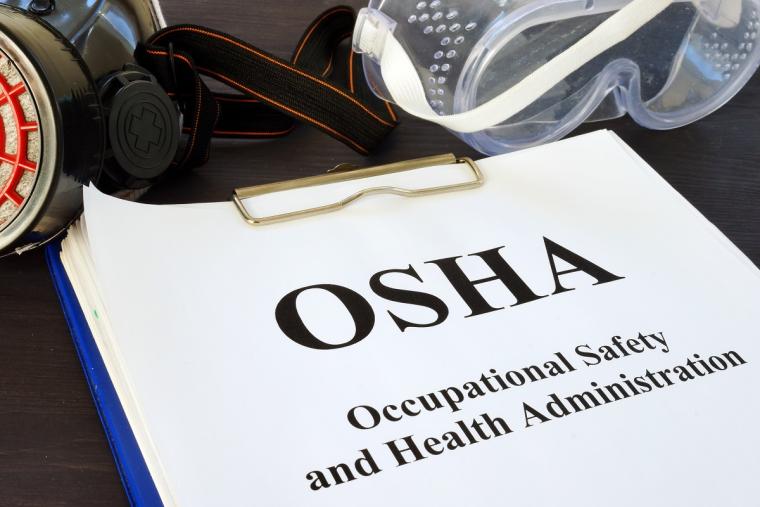

Assume that you operate a non-union manufacturing facility, and an OSHA inspector shows up for an inspection with three union representatives, none of whom appear to have any specialized training or knowledge of industrial hygiene or safety engineering. Must that facility allow those union representatives to accompany the OSHA inspector on that inspection?
A small employer in Texas alleges that that is exactly what happened in 2013 and that OSHA's "Fairfax memo" required that it permit that inspection with those union representatives. OSHA maintained that policy between 2013 and 2017 and indicated during the fall of 2022 that it will revive that interpretation through its rule-making process.
The Fairfax Memo met an immediate legal challenge and, in 2017, OSHA withdrew it. In doing so, OSHA emphasized existing regulatory language — “generally ‘[t]he representative(s) authorized by employees shall be an employee(s) of the employer,’” except where “good cause is shown and where ‘reasonably necessary to the conduct of an effective and thorough physical inspection of the workplace…’”
In late 2022, OSHA issued a notice suggesting a return to the Fairfax Memo, but this time through promulgation of a regulation. This approach could circumvent one of the legal challenges that OSHA encountered in 2017. The new notice stated that a rule would be published in May of 2023 and that “[t]his rulemaking will clarify the right of workers . . . to specify . . . a union representative to accompany an OSHA inspector during the inspection process/facility walkaround, regardless of whether the representative is an employee of the employer…”
As we await OSHA’s next move and a possible new rule on this topic, it remains important to be prepared to handle the arrival of an OSHA inspector, regardless of the other parties involved. OSHA inspections are typically unannounced and can move quickly. Therefore,
• Predesignate the company representative(s) who will greet the inspector, verify the basis and purpose for the inspection, meet with the inspector for the opening conference, and communicate with the appropriate management and legal contacts before, during and after the inspection.
• Establish who will take part in the inspection: it is important to clearly state the scope and purpose of the inspection from the beginning.
Also, if unions have another tool for targeting non-union employers, employers may want to consider the following action items, especially since union organizing and union favorability have increased dramatically in recent years.
• Ensure consistent, lawful communication with employees that includes a complaint process with consistent follow-up.
• Ensure that beneficial workplace policies are in place and legally compliant. The National Labor Relations Board has its own shifting standards for evaluating workplace policies.
• Provide supervisor training so that supervisors understand the simple rules for communicating with employees about unions.
At this critical time, it’s important for employers to gather internal stakeholders (e.g., HR, legal, compliance and senior management) to set priorities, identify risks and develop action items so that a plan is in place before the issue arises. T&ID

